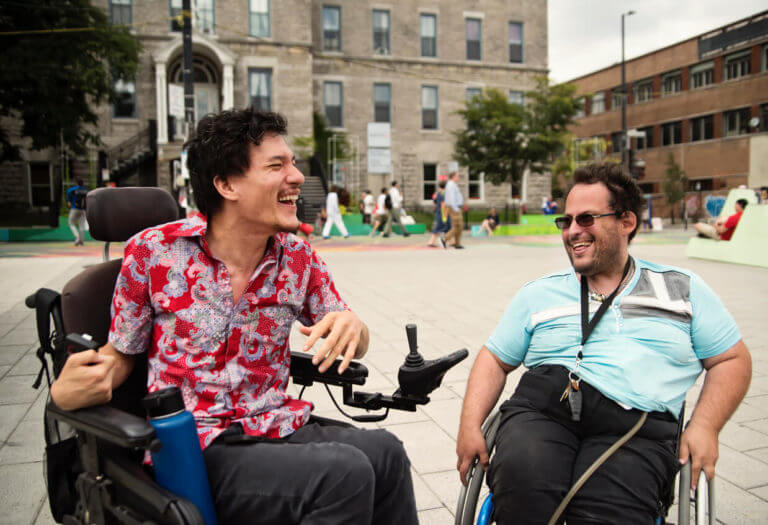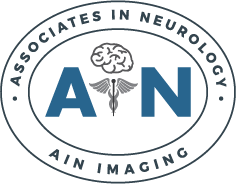
Cerebral palsy is a condition that affects movement, posture, and coordination, impacting daily life in various ways. For those living with cerebral palsy, early intervention is crucial. Occupational therapy serves as a vital component in the treatment plan.
This blog explores the role of occupational therapy and other cerebral palsy treatments, guiding patients and families through the process of managing the condition effectively.
Understanding Cerebral Palsy
According to research, cerebral palsy is relatively uncommon, with between 5,500 and 13,100 children born with the condition annually in the United States. It is estimated that more than 1 million adults in the U.S. are living with the condition. However, this number is expected to rise.
Cerebral palsy results from brain damage that happens before, during, or shortly after birth. It is a neurological condition that causes a range of symptoms which can vary significantly among individuals. Cerebral palsy is classed as a movement disorder because it primarily disrupts the control of muscle movement. The condition can also affect nearby brain areas and the functions they manage, but this is not always the case. It is important to note that having cerebral palsy does not automatically mean that a person has an intellectual disability.
Types of Cerebral Palsy
Cerebral palsy is categorized into three main types:
- Spastic: Characterized by muscle tightness and spasms limiting movement
- Dyskinetic: Involves challenges controlling muscle movement
- Mixed: Features aspects of both spastic and dyskinetic types
Every individual with cerebral palsy experiences it differently, making personalized treatment plans crucial for effective management.
Signs and Symptoms of Cerebral Palsy
Cerebral palsy signs and symptoms usually manifest early in childhood. Common symptoms include:
- Muscle tone variations, either increased stiffness or unusual floppiness, impairing movement control
- Challenges with fine motor skills, balance, and coordination which impact daily activities
- Involuntary movements, exaggerated reflexes, and tremors
Children with cerebral palsy often exhibit delays in achieving movement milestones, such as rolling over, sitting, or walking.
It is important to note that cerebral palsy does not progress or worsen over time. However, the impact on individual development can change. This makes ongoing evaluation and tailored interventions essential.
The Versatile Role of Occupational Therapy
Occupational therapy is a healthcare profession that focuses on helping individuals perform daily activities with greater ease and independence. It is dedicated to helping people develop, recover, or maintain their daily living and working skills, particularly those with physical, mental, or cognitive challenges.
Occupational therapists work with individuals of all ages, examining every aspect of daily life in the home, school, or workplace. The primary goal of occupational therapy is to enable individuals to participate in normal everyday activities.
Occupational Therapy for Cerebral Palsy
In the context of cerebral palsy, occupational therapists work to enhance physical, cognitive, and social skills. They assist individuals in adapting, compensating, and reaching their highest level of functionality.
An occupational therapist will assess each patient’s unique challenges and strengths to develop personalized interventions. This takes into account a patient’s:
- Physical abilities and limitations
- Cognitive skills such as reasoning and processing
- Emotional needs and desires
- Capacity and willingness to adapt
- Home environment and support system
The treatment plan may focus on exercises, adaptive tools, and strategies to improve daily functioning and allow individuals to gain independence in daily activities at home, at school and in the community.
Comprehensive Cerebral Palsy Treatments
Beyond occupational therapy, cerebral palsy treatment encompasses a multi-faceted approach. Physical therapy aids in improving mobility and muscle strength, while certain medications can reduce muscle tightness and help manage pain. Some patients may also benefit from muscle or nerve injections or oral muscle relaxants.
In certain cases, surgical options like orthopedic surgery or selective dorsal rhizotomy (cutting nerves that serve specific spastic muscles) are considered to improve functional abilities. These procedures can help to relax muscles, improve mobility, and reduce pain.
Addressing Muscle Spasms
Muscle spasms are a common challenge in cerebral palsy, affecting comfort and movement. Effective muscle spasm treatment focuses on relieving tension and enhancing mobility. This can involve a combination of physical therapy, medication, and sometimes surgical interventions. Addressing muscle spasms significantly contributes to improving overall daily life.
Navigating Care Options
Choosing the right care for cerebral palsy involves understanding the available options and finding experienced professionals who can provide comprehensive support. Neurologists and other specialists play a central role in diagnosis and treatment planning. A multidisciplinary approach ensures that patients receive coordinated care tailored to their specific needs.
Cerebral Palsy Treatment in Farmington Hills, MI
If you are seeking expert advice and comprehensive treatment, Associates in Neurology offers a team ready to support you in your journey. Our expert neurologists and specialists offer expert diagnosis and long-term treatment options designed to enhance strength, flexibility, and mobility in cerebral palsy patients. With a team of highly trained specialists and advanced technology, we provide a thorough evaluation and personalized care plan for each patient. Our focus on collaboration and patient-centered care sets us apart as leaders in neurologic and musculoskeletal health.
For more information or to schedule a consultation, contact us today at (248) 478-5512 or use our appointment request form. We look forward to serving you!


